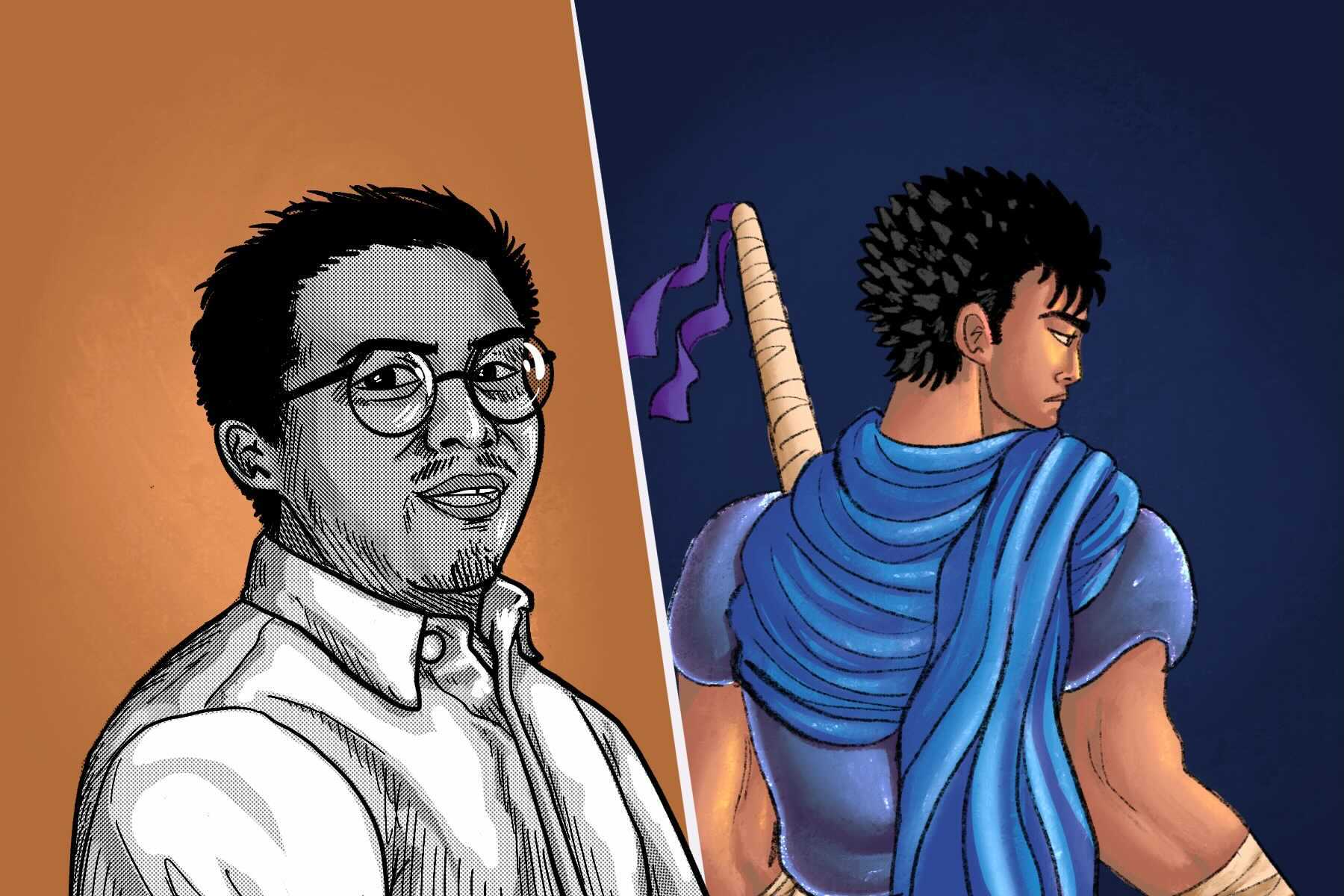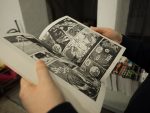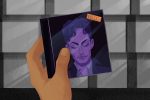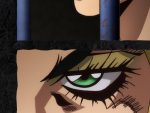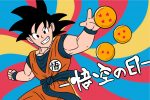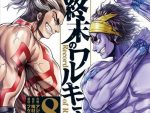It’s been over a year since the unexpected death of Kentaro Miura shook the manga industry. Miura was the author of the critically acclaimed and genre-defining manga series “Berserk,” which follows a mercenary named Guts as he struggles to survive in a dangerous world ravaged by monsters. “Berserk” may initially seem to offer little more than gore-filled spectacle and a bleak atmosphere, but the story quickly reveals more about the tragic history of its characters and setting.
Since the release of its first chapter in 1989, “Berserk” has paved the way for many other dark fantasy epics thanks to Miura’s stunning art, memorable designs and surprisingly nuanced storytelling. His work enthralled millions of readers around the world for over three decades, leaving both fans and other artists devastated after his tragic passing. Since then, concerns have grown about whether Miura’s death also represents a premature end for “Berserk.”
Miura left behind a team of successors known as Studio Gaga, a manga production studio he founded to help him illustrate “Berserk.” Studio Gaga eventually worked on its own manga titled “Duranki,” though Miura still headed the series as a producer and storyboarder. Regardless, their work proved their ability to emulate Miura’s style, which elicits the question of whether they will continue “Berserk” in his place. Young Animal, the manga’s publisher, has yet to decide whether it will continue the series, but stated in the last chapter released of “Berserk” that their priority is “what [Miura] would think if he were still here with us.” It’s still uncertain whether Miura left the team with any instructions or blueprints for future chapters, so the answer to Young Animal’s comment remains ambiguous.
Aside from the difficulties of continuing “Berserk,” recent discussion around the series has raised the question as to whether the manga and similar unfinished works should even be handled by other authors. Many fans may want a conclusion to Miura’s story, but a posthumous continuation will inevitably stray from the creator’s original vision. Without added material, audiences can view and admire these stories as the works of a sole creator rather than a completed project that fails to live up to its original vision. However, continuing these works can also be seen as fulfilling the original author’s goal, thereby delivering the full narrative that they intended to create.
Arguments Surrounding Posthumous Continuations
The continuation of unfinished works is a delicate practice. Successors must be carefully chosen to ensure that newer releases retain the qualities that fans enjoy without feeling like an imitation of the predecessor. Many attempts at continuing the works of deceased authors have been controversial or outright hated, such as Eoin Colfer’s “And Another Thing” and Brian Herbert’s installments of the “Dune” franchise.
Similarly, the final season of “Game of Thrones” was widely panned for its poor attempt at concluding George R.R. Martin’s ongoing “A Song of Ice and Fire” series. However, Brandon Sanderson’s critically acclaimed installments of the “Wheel of Time” series by Robert Jordan prove that posthumous continuations can successfully revive a series. Before working on the series, Sanderson had written multiple well-received short stories and novels in the fantasy genre, making him the perfect fit for continuing Jordan’s story. As such, choosing the right successor is essential in helping any posthumous continuation fulfill the vision of its original creator.
In the case of “Berserk,” Miura’s influence shines through every aspect of its writing. In multiple interviews, he specified how “Berserk” was never written for a particular audience but was simply the type of story he wanted to create. Its setting and narrative were heavily inspired by the films and comics he enjoyed like “Hellraiser” and “Fist of the North Star,” as well as the highs and lows of his own childhood friendships.
Similarly, Miura’s passion for art and meticulous attention to detail reveals itself in the manga’s many stunning panels depicting fantastical scenery or nightmarish monstrosities. These scenes became even more frequent once Miura switched to digital art tools in 2015, allowing him to refine the individual pixels of each illustration. Although Miura’s process often slowed production and forced the manga into multiple hiatuses, his art demonstrates the creativity, effort and enthusiasm that drove his work.
“Berserk” was Miura’s passion project — a combination of personal experiences, outside influences and original ideas that formed one of the most memorable stories in manga. Continuing “Berserk” without him will be a difficult task that risks losing much of what made the series so excellent. Studio Gaga can replicate Miura’s art style, but it would be unreasonable to expect the same, painstaking detail found throughout the series.
Despite this, their work on “Duranki” demonstrates how Miura’s teaching has helped the team duplicate his art style. The series boasts consistently fantastic artwork in most panels, with detailed monster and character designs that exceed the standards of other manga series. While the team lacks the years of experience that made Miura a master of his craft, allowing them to work on “Berserk” will help them grow as artists and ensure its creator’s influence will be felt throughout the series’s future.
Unfortunately, the team was never prepared to write the story of “Berserk,” as Miura worked as the sole writer of “Duranki.” The latter series was unfortunately canceled following his death, but the lack of similar news for “Berserk” implies its publisher may be searching for another writer to continue the manga. Just as with his art, Miura’s personal influences were integral in delivering the fantastic narrative that avoided common fantasy while presenting complex and believable characters.
His original vision for “Berserk” will likely never be realized by another author, but this does not mean the series will lose the personal aspects that define its story. As the series has progressed, it has developed a stronger focus on delivering intense action alongside character-focused drama. This intention is not as clear in the manga’s early chapters, but later story arcs demonstrate it through the drastic changes undergone by the main cast. A skilled writer that understands these strengths of “Berserk” can build upon its well-defined foundation in future chapters.
It’s also worth questioning the ethics of posthumous continuations. The personal nature of novels and comics make it important to consider how the artist intends to represent their work. Any continuation of the “Berserk” manga will impact how readers perceive Miura’s story. Even though new chapters will not involve him, seeing unsatisfying resolutions to plot threads he created may detract from many fans’ fond memories of the series. Similarly, a diminished quality in the art or writing will tarnish the excellent critical reception of “Berserk” that Miura maintained for decades.
Because of these concerns, continuations where the successors are directly appointed by the author, such as Wilkie Collins’s “Blind Love,” or finished in accordance with extensive notes, such as Robert C. O’Brien’s “Z for Zachariah,” are the most respectful approaches to continuing a story after a creator’s death. They are handled by trusted writers or essentially complete the story as the author intended. Unfortunately, Miura never publicly appointed a successor nor provided Studio Gaga with blueprints for resuming the series without him. Whether the series should continue is a difficult question that can only be answered by those who personally knew the author.
The Future of ‘Berserk’
Continuing “Berserk” will be an arduous task for everyone involved. Its monumental legacy and intimidating expectations make it a risky project to undertake. However, with the artists from Studio Gaga and a writer that understands the series’s mature story, a posthumous continuation may be capable of delivering a satisfying resolution to the series. The choice to continue “Berserk” is ultimately up to the creators who personally knew Miura. Whether or not he would have wanted someone else to conclude his lifelong work or if it would be better to leave the series alone is something that the public has no way of knowing. Regardless, “Berserk” and its fans can greatly benefit from a carefully constructed continuation that respects Miura’s vision and finally resolves its decades-long journey.


